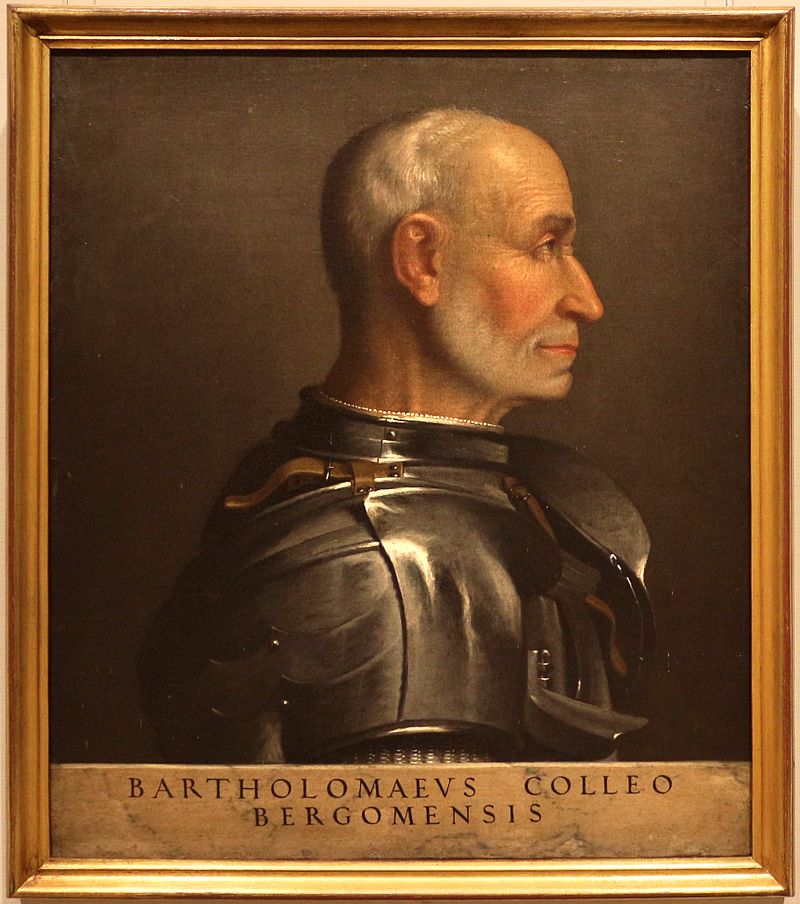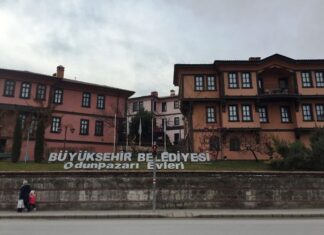Mugla with, ski resorts at Sandiran and Eren mountain and more than a hundred excursion spots in addition to the tourist centers such as Marmaris, Bodrum, Fethiye and Gocek is one of the most significant tourism centers in Turkey with its historic and cultural richness.
Being one of the oldest towns in the Caria region, Mugla has a historic background of 5 thousand years. This fertile land initially served as the homeland for the Karya civilization and then the Ion and Dor civilizations. The Mentese Domain was established in Mugla which was introduced to the Turkish culture when the Turks
THE AEGEAN AND THE MEDITERRANEAN
Mugla, which has historic and cultural centers in the Aegean and the Mediterranean regions, struggles to preserve its values and to deliver them to the next generations as an “Urban Preservation Area”, “Natural Preservation Area” and “Archeological Preservation Area”. Mugla, with its significant tourism spots such as Bodrum, Marmaris, Gocek and Fethiye, shines with its magnificent nature in addition to its cultural and historic values. Mugla has a coast of approximately 1200 kliometers, 2 international airports and more than a hundred excursion spots. The most significant districts of Mugla are-, Muğla (centrum), Bodrum, Dalaman, Datça, Fethiye, Kavaklidere, Koyceğiz, Marmaris, Milas, Ortaca, Ula and Yatagan.
THE HOUSES AND THE CHIMNEYS
The “Mugla Houses” lead the buildings under preservation in Mugla. Theses stone or lath houses which are known Tor their woodwork, alcoves, high courtyard walls and chimneys are admired by the visitors. The Mugla Houses are divided into two types, namely the “Turkish Houses” and the “Greek Houses”. One of the most significant features of these houses which attract the attention of the visitors especially with their workmanship are their unique chimneys.
The Turkish House
The Turkish Houses, facing the courtyard, with the entrance floors and outer walls of the upper floors made from stone and the interior made from wood-lath, were used by the Turkish families as the name suggests. The concern for “privacy” had a leading influence on the de- sign of these houses, which were planned as facing the courtyard as a consequence. The number of windows facing the Street is limited, whereas most of the windows face the courtyard. The entrance to the courtyard, where the toilets and kitchens are located, is provided thro- ugh the lambs’ gate, in the houses which have wooden doors and ceilings, worked meticulously. The most significant feature of the Turkish type House is the “Mugla Chimney” which is constructed from red corrugated tiles and still used today. These chimneys are open in all four directions but still are not affected by the wind. The fresh water pools are interconnected to all of the ho- uses down slope. Thus, it is ensured that the fresh water pools, filled with rain water are kept clean by being filled one by one down the slope.
THE GREEK HOUSE
The Greek Houses constructed by hewn stones face the Street as opposed to the Turkish Houses. These “Greek House” style houses which were mostly owned by tradesmen and artisans represented the economical level of their owners. Consequently these were stately houses with rooms around the small hail, which is called as the entrance hail today. and windows facing the Street. One of the most distinctive features of these houses with stone ladders to upper floors, from the Turkish Houses is the fact that their toilets, bathrooms and kitchens are inside the house.
Read More about Different characteristics peculiar to different civilizations








